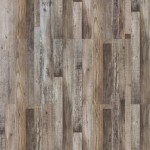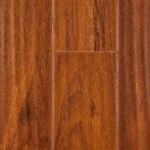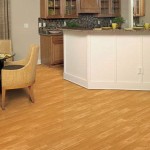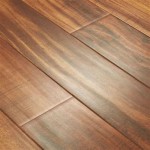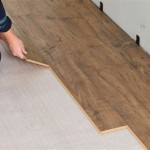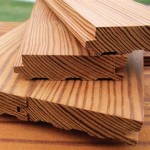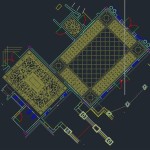Bamboo Flooring Versus Engineered Wood: A Comprehensive Comparison
Choosing the right flooring for your home can be a daunting task, especially when faced with a plethora of options. Bamboo flooring and engineered wood are two popular choices that offer unique advantages and drawbacks. This article will explore the essential aspects of each material, providing you with the information you need to make an informed decision about which flooring is best for your needs.
Durability and Longevity
Both bamboo flooring and engineered wood are durable materials, but they differ in their specific characteristics. Bamboo is a natural material with a high density, making it resistant to scratches and dents. It is also water-resistant, which makes it a good choice for areas prone to spills or moisture. Engineered wood, on the other hand, consists of a top layer of real wood veneer bonded to a core made of plywood or engineered material. While the top layer is as durable as solid wood, the core is more susceptible to moisture, so engineered wood is not ideal for moisture-prone areas.
Appearance and Versatility
Bamboo flooring and engineered wood come in a wide range of styles and colors, allowing you to choose the look that best complements your décor. Bamboo flooring typically has a unique, organic look with visible knots and grain patterns. It can be stained or dyed to create a variety of colors, from natural hues to darker shades. Engineered wood offers the versatility of real wood flooring, with a top layer available in a wide range of species, from classic oak to exotic hardwoods. It can be stained or distressed to achieve different aesthetic effects.
Environmental Sustainability
Bamboo flooring is considered more environmentally sustainable than engineered wood due to the rapid growth rate of bamboo. Bamboo is a renewable resource that can be harvested without damaging the environment. It also releases oxygen and absorbs carbon dioxide, making it a carbon-negative material. Engineered wood, on the other hand, uses real wood, which requires deforestation. However, some engineered wood products are made from sustainably harvested wood or recycled materials.
Installation and Maintenance
Bamboo flooring and engineered wood have different installation and maintenance requirements. Bamboo flooring typically requires a professional installation, as the planks need to be glued or nailed to the subfloor. It is recommended to finish bamboo flooring with a protective sealant to enhance its durability. Engineered wood can be installed as a floating floor, which involves clicking the planks together without the need for glue or nails. Maintenance for both types of flooring involves regular sweeping or vacuuming and occasional deep cleaning with a compatible cleaner.
Cost
The cost of bamboo flooring and engineered wood varies depending on the species, style, and installation method. In general, bamboo flooring tends to be more affordable than engineered wood due to its rapid growth rate. However, the cost of installation can be higher for bamboo. Engineered wood can be more expensive, but it also offers the versatility of real wood, which can increase its resale value.

What Is The Difference Between Solid And Engineered Bamboo Flooring Company

Bamboo Vs Wood Flooring A Comparison Factory Liquidators

Engineered Bamboo Flooring Pros And Cons Best Brands Floorings

Hardwood Vs Engineered Wood Flooring Which Is Best For You Forbes Home

Engineered Wood Flooring Vs Solid Hardwood

Bamboo Flooring Parquet Wide Engineered Wood Home Decoration China Floor Tiles Made In Com

Engineered Flooring Vs Laminate Everything You Need To Know Forbes Home

Most Sustainable Strand Woven Bamboo Flooring In

Accord Floors Natural Engineered Bamboo Flooring For Indoor Thickness 21 Mm At Rs 200 Sq Ft In Jaipur

Bamboo Flooring Parquet Wide Engineered Wood Home Decoration China Floor Tiles Made In Com

